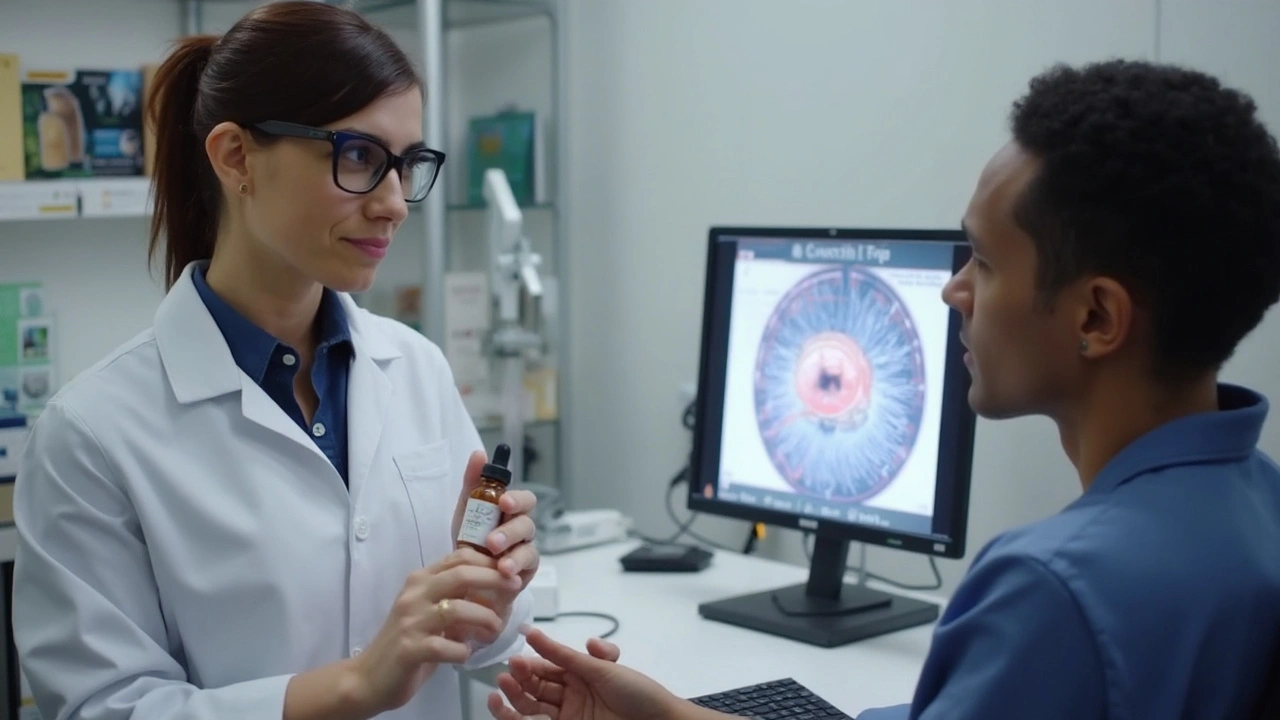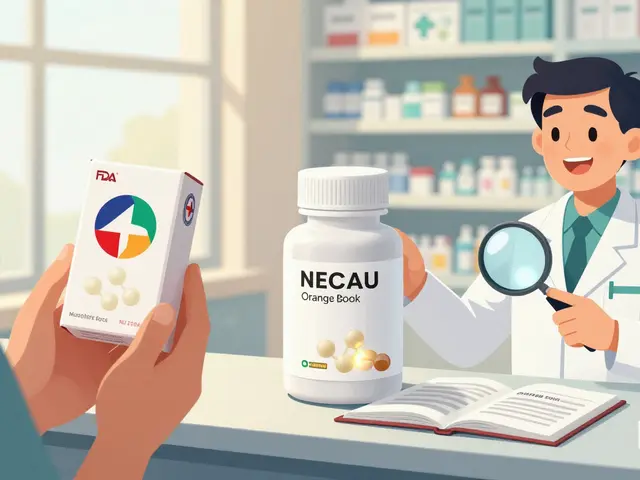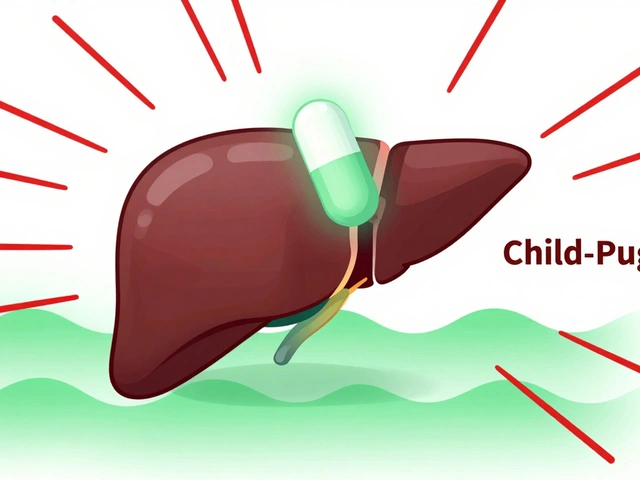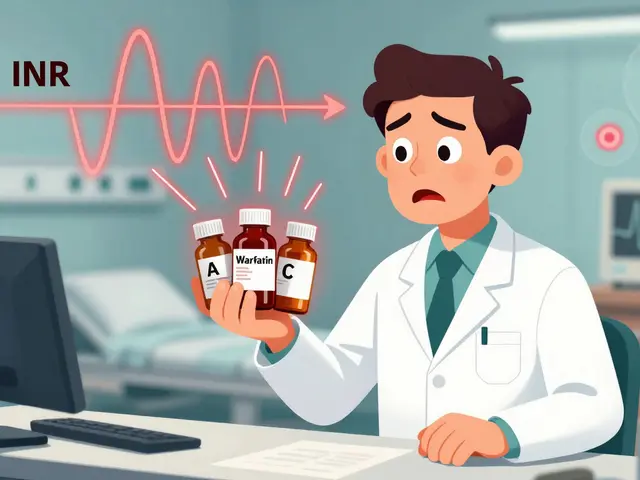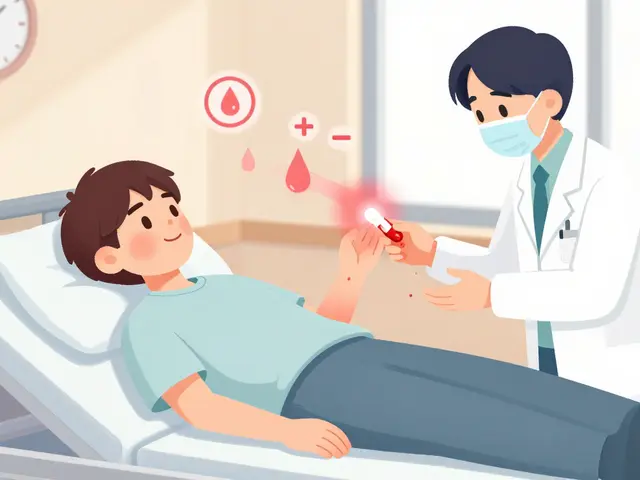Glaucoma: Protect Your Vision With Key Facts
Glaucoma is one of those sneaky eye conditions that can cause vision loss without obvious warning signs. It happens when pressure builds up inside your eye, damaging the optic nerve, which sends visual info to your brain. The tricky part? This pressure can creep up slowly, so many people don’t notice symptoms until some permanent damage has occurred.
What sets glaucoma apart is that it often develops without pain or obvious discomfort early on. You might not realize anything is wrong because your peripheral (side) vision starts shrinking first. Over time, if untreated, this can lead to tunnel vision or even total blindness. That’s why regular eye check-ups are a must, especially if you’re over 40 or have a family history of glaucoma.
Common Causes and Risk Factors
While eye pressure is the main culprit, it’s not the whole story. Certain risk factors increase your chances of developing glaucoma. These include being older, having a family member with glaucoma, high eye pressure itself, and conditions like diabetes or high blood pressure. Some ethnic groups, such as African Americans and Hispanics, have higher rates too.
Another type called angle-closure glaucoma can come on suddenly with symptoms like intense eye pain, headache, nausea, and blurred vision. This needs emergency care to prevent rapid vision loss, unlike the more common open-angle glaucoma that progresses slowly.
Treatment Options and Lifestyle Tips
The good news is glaucoma can be managed effectively if caught early. Treatments usually start with prescription eye drops that lower eye pressure. Sometimes laser therapy or surgery is needed if drops don’t work well enough. The goal? Save the optic nerve and protect your vision.
Besides treatments, simple habits can support your eye health. Avoid smoking, keep your blood pressure under control, eat a balanced diet rich in leafy greens, and exercise regularly. Even paying attention to your caffeine intake matters since too much can impact eye pressure.
Remember, glaucoma is a lifelong condition that requires ongoing care. If you’ve been diagnosed or suspect you might be at risk, talk to your eye doctor about the best monitoring and treatment plan for you. Protecting your sight is worth it!
Dorzolamide-Timolol Ophthalmic Solution: Clinical Guide for Optometrists
This in-depth article guides optometrists through all the nuts and bolts of using dorzolamide-timolol for glaucoma and ocular hypertension. Learn clinical facts, dosing strategies, side effect management, and real-world best practices to get the best outcomes for your patients. Includes actionable advice on patient counseling and practical scenarios. Stay ahead of new research and gain confidence in handling challenges with this combination eye drop. Presented in clear, accessible language, this piece is perfect for busy eye care professionals.

